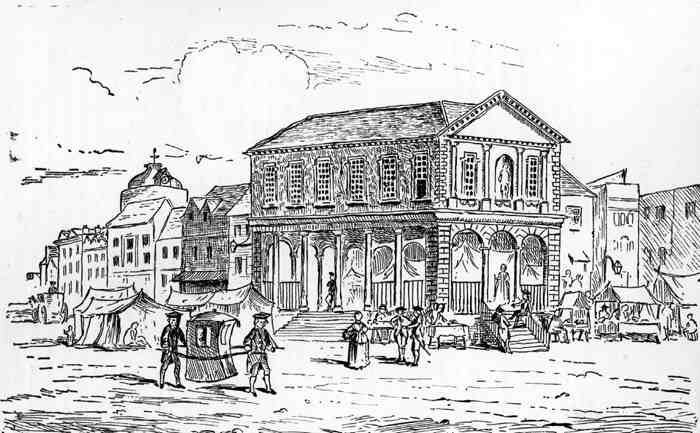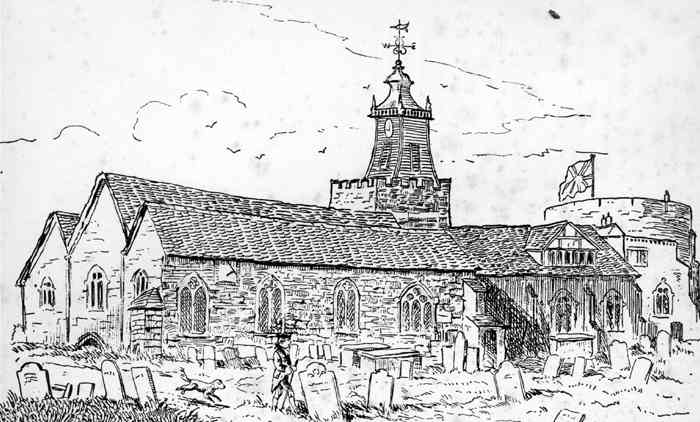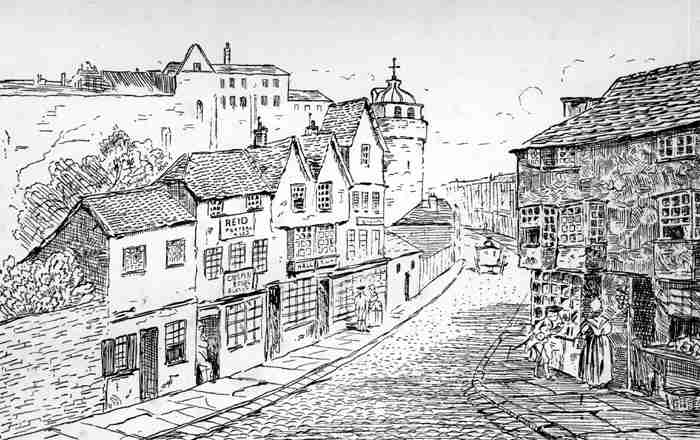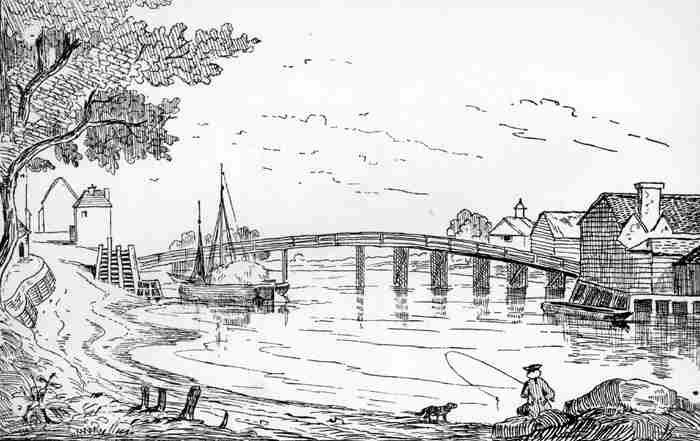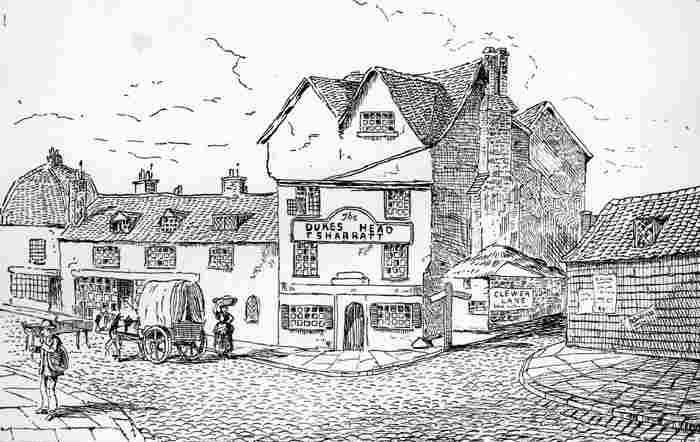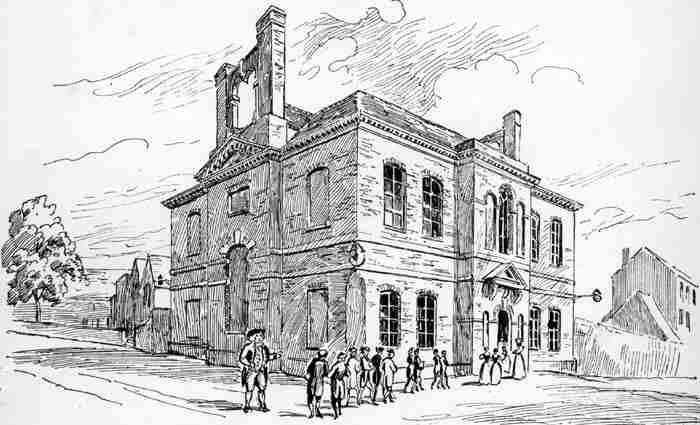 
|
||||
Windsor. if indeed there was anything more than a Castle, was neither a Parish nor a Manor. The Castle, built by the Conqueror, was within the Manor, and probably the Parish of Clewer, of which Windsor was only a Chapelry. However, it afterwards became an extensive seat of honour. William seemed to have intended his Castle as a Military Post. Old Windsor appears to have been an ancient town at the time of the Norman survey. It belonged to the Saxon Kings, who are supposed to have had a Palace there, and here also Edward the Confessor certainly kept his Court. It appears after Windsor Castle was built, that the Palace of Old Windsor was occasionally inhabited by the Kings of England till 1110, when, Henry I having completed additional buildings in the Castle, Old Windsor seems to have lost its consequence. There is no account of Windsor whatever before Saxon times, when it was called Wyndle-shora, 'the dwelling on the winding shore," from the winding course of the Thames in this part. [Editor: More recent thinking is that it evolved from the windlasses used to 'wind' boats through the shallows of the river at that point]. The town was made a free Borough, with various privileges to its inhabitants, by King Edward I, in 1276, from which period it has been gradually increasing. Windsor, for a time, was the County Town, but so many inconveniences arose from its situation at one corner of the County, that the removal of the Assizes to Reading was soon felt to be desirable, and 1314 a petition was presented to Parliament complaining of these inconveniences. Edward II at first gave a decided negative to the request, but afterwards agreed to the removal to Reading. The Corporation Seal formerly bore the likeness of Edward III and Queen Philippa. The appointment of the Corporation was made in the time of James I and confirmed by Charles II but as it is now constituted under the Municipal Act of 5th and 6th William IV, cap. 76. The first Book of Orders, or Hall Book of the Corporation, begins in 1653, and ends in 1725. |
